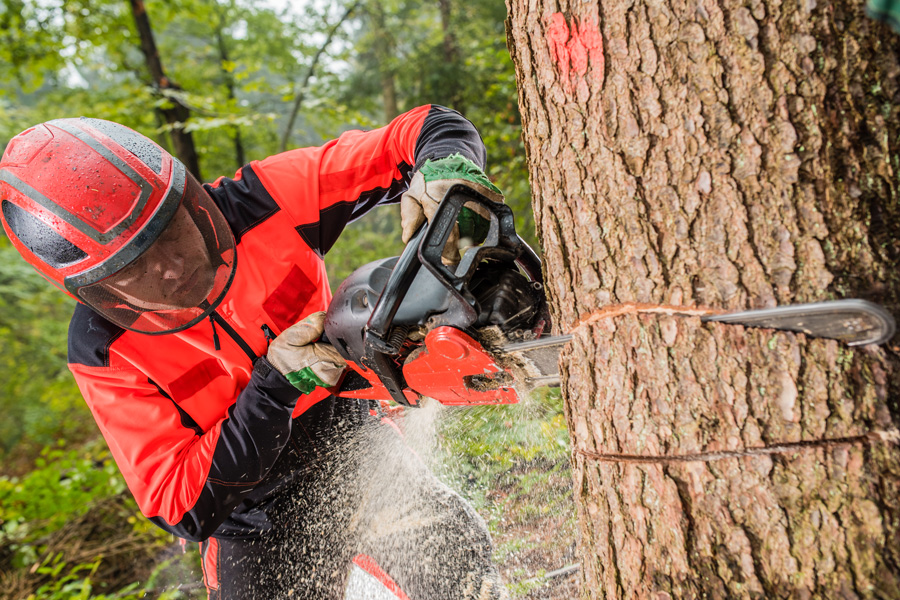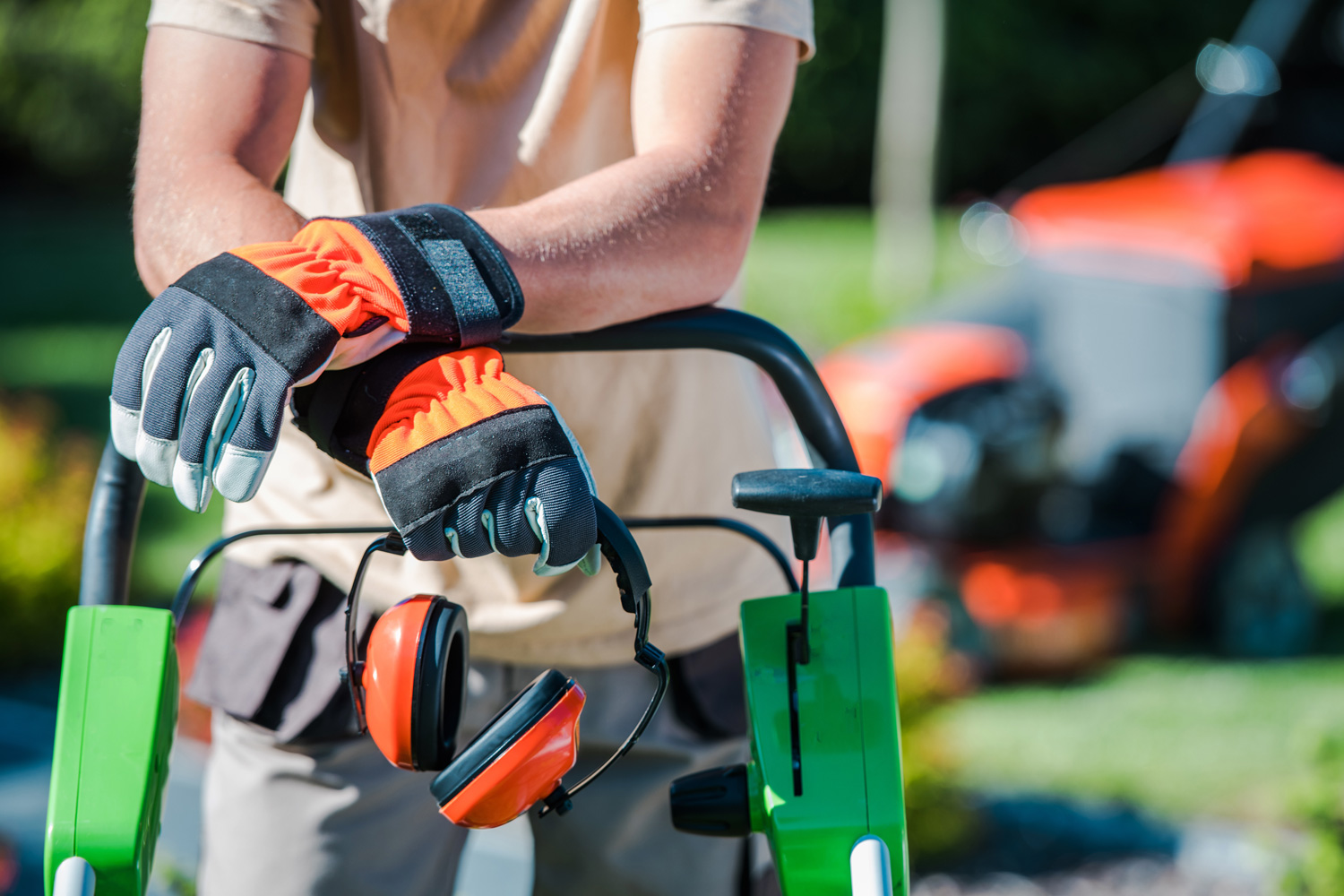Lawn and Garden
-

Los árboles son los que mas se dañan en las tormentas y son estos los mas peligrosos de limpiar. Los arboles dañados por tormentas están sujetos a una gran cantidad de peligros asociados con la tala de arboles y mucho, mucho mas. Las condiciones de trabajo pueden ser muy difíciles. Los arboles caídos se pueden enredar con otros arboles, o caerse en edificios, vehículos o alambres. La energía apresada en las ramas o en los troncos comprimidos puede ser liberada repentina, explosiva y fatalmente. Cada situación es diferente y requiere una consideración única. La aplicación de este Plan de corte de cinco pasos ayudará a mantener al operador de la sierra seguro y trabajando de manera efectiva.
Alfredo Martinez and Ellen M. Bauske
|
-

The Water Stewardship Act is intended to demonstrate Georgia’s deep commitment to the conservation of critical freshwater supplies. This publication provides an overview of the major provisions affecting Georgia farmers and their use of the state’s most precious resource: WATER.
Brian H Kiepper
|
-

The Water Stewardship Act is intended to demonstrate Georgia’s deep commitment to the conservation of critical freshwater supplies. This publication provides an overview of the provisions and obligations for local governments, public systems and state agencies.
Brian H Kiepper
|
-

Felling trees is dangerous. Accidents abound when chainsaws and falling timber combine. The five step tree felling plan is a safe and effective way to take down a tree with a chainsaw. Rigorous application of this method will help the saw operator identify and mitigate hazards while dropping the tree as planned.
Alfredo Martinez, Heather Kolich, and Rolando Orellana
|
-

These checklists can be used to introduce new landscape workers to safe work practices. They ensure that job safety training includes safety instruction. Included are sections on general safety precautions, equipment safety, lawn mower safety and pesticide safety.
Rolando Orellana, Alfredo Martinez, and Ellen M. Bauske
|
-

Many species of insects or mites attack Georgia landscape plants. Homeowners have difficulty controlling these pests because they often are not aware of the problem until both the infestation and the damage are extensive, or they may apply insecticides improperly or at the wrong time. Brief descriptions of major groups of pests (or the damage they cause) found on Georgia landscape plants are provided to assist with identification. Control strategies for these pests are presented in Table 1.
William G. Hudson, Michael D Toews, Timothy Daly, and Beverly Sparks
|
-

B 1518
Home Garden Plums
This bulletin offers information about plum production, pruning, thinning, fertilization, and variety selection in the home garden. Plums belong to the Prunus genus and consists of many species of different origins and diverse fruit types. Most commercially grown varieties are derived from either Japanese or Asian plums (P. salicina and its interspecific hybrids) or European plums (P. domestica). Japanese plums are primarily for fresh consumption, while European plums are for both processing and fresh consumption. The products obtained from processing plums include prunes (dried fruit, the predominant product), canned fruit, jam, jelly, juice, and beverages.
Jeff Cook and Dario Chavez
|
-

C 900
Growing Dogwoods
One of the most widely planted ornamental trees in Georgia is the flowering dogwood. Dogwoods are not difficult to grow if they are located in the proper site and if healthy trees are purchased and planted properly.
Bodie V. Pennisi
|
-

C 1213
Georgia Fireflies
Georgia is home to over 50 species of fireflies, more than any other U.S. state. Also known as lightning bugs, the insects’ “dancing light” patterns are an important, and nostalgic, part of Georgia summer evenings. To protect fireflies and ensure that we continue to enjoy their presence in the landscape, it is important to understand their lifecycle and habitat needs.
Becky Griffin and Jason Schmidt
|